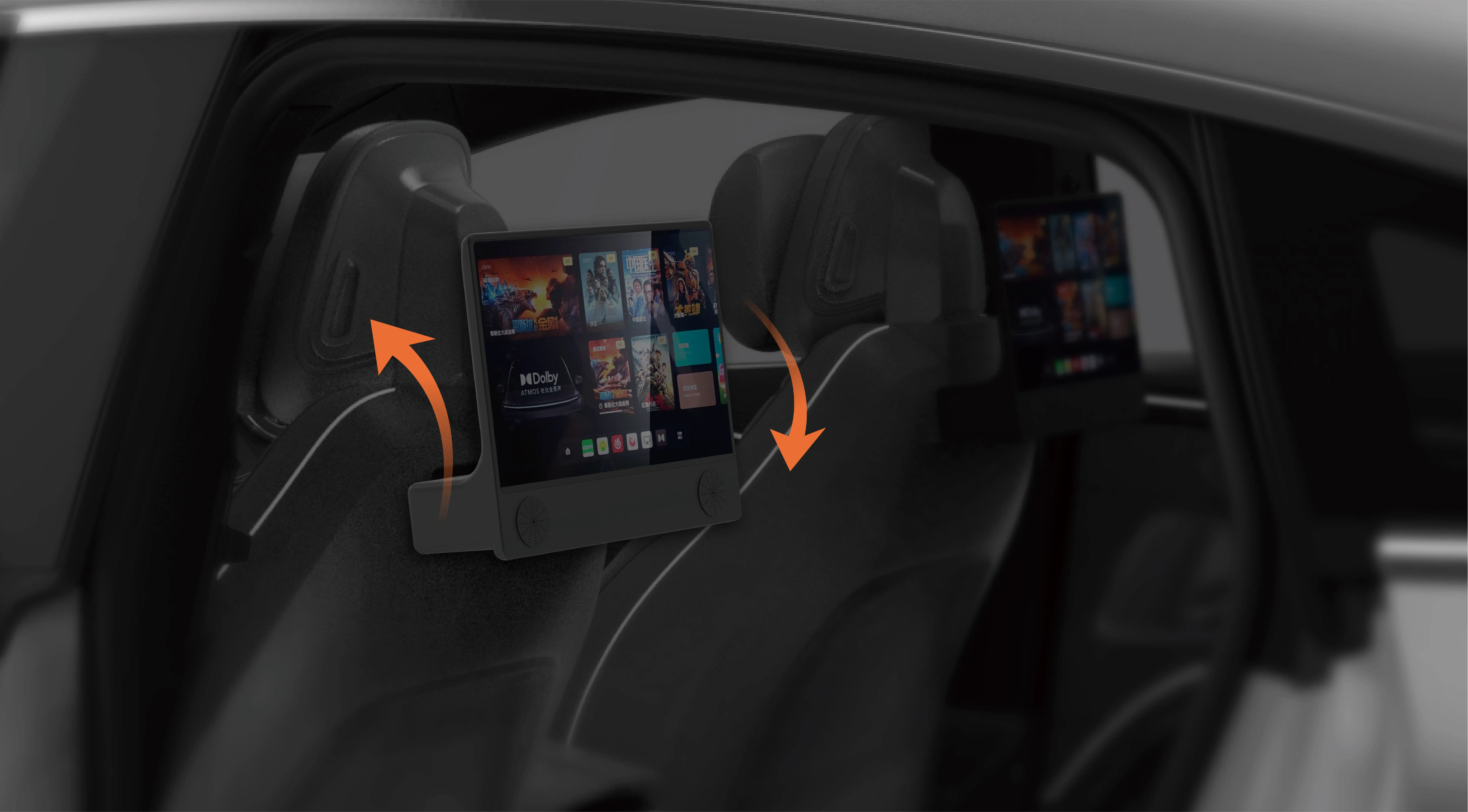Have you ever wondered what it’s like when software architecture hits new heights? Imagine your application like a bustling city—each component, whether it’s a tiny shop or a towering skyscraper, needs to work seamlessly. That’s where API and microservices architecture come into play. It’s not just buzzwords; it’s the secret sauce for building scalable, resilient digital environments.

Picture this: instead of stacking everything into one monolithic system, you break it into bite-sized, manageable microservices. Each little tower handles a specific task—one takes care of user login, another manages payments, and maybe a third handles notifications. Like a well-oiled machine, they communicate through APIs, passing data back and forth efficiently. This approach ensures if one microservice decides to take a break, the whole city doesn’t grind to a halt.
But here’s the thing—when you think about APIs in this picture, you realize they’re more than just endpoints. They’re the highways connecting all parts of your city. Whether it’s REST, GraphQL, or gRPC, choosing the right API protocol is key to smooth communication and quick data transfer. Imagine trying to deliver a package—if the route is clogged or inefficient, everything slows down. That’s why optimizing API calls and data formats can save your project from becoming sluggish.
And why does microservices architecture matter? Because flexibility is king. When a new feature needs to be rolled out or a bug fix is needed, teams can work independently on isolated parts. No more waiting for a giant system overhaul. This makes deployments faster, testing easier, and upgrades smoother. Plus, scaling becomes a walk in the park—if one microservice starts to feel overwhelmed, you can just spin up more instances without messing with the rest.
Questions pop up all the time—like, isn’t this more complex to manage? Sure, it’s a bit more nuanced, but the rewards are worth it. You get clearer code organization, better fault isolation, and the ability to adopt new tech stacks effortlessly. It’s almost like having a city planned out with distinct districts, each optimized for specific functions.
So, what about real-world impact? Companies leveraging microservices and APIs find it easier to adapt to market changes, improve customer experiences, and innovate faster. If your current monolithic system feels like a giant, unwieldy beast—well, breaking it down into smaller, smarter parts might be just what you need.
Think beyond just technology—imagine your teams collaborating more effectively, deploying updates faster, and your users enjoying a smoother, more reliable service. That’s the promise of API and microservices architecture. It’s not just tech for tech’s sake; it’s the pathway toward building better digital worlds—more agile, resilient, and ready for whatever comes next.
Established in 2005, Kpower has been dedicated to a professional compact motion unit manufacturer, headquartered in Dongguan, Guangdong Province, China. Leveraging innovations in modular drive technology, Kpower integrates high-performance motors, precision reducers, and multi-protocol control systems to provide efficient and customized smart drive system solutions. Kpower has delivered professional drive system solutions to over 500 enterprise clients globally with products covering various fields such as Smart Home Systems, Automatic Electronics, Robotics, Precision Agriculture, Drones, and Industrial Automation.




































